Not some of the best whiskey in the world comes from Scotland.
The first time I heard about the Japanese whiskey was a afternoon in Texas Nursing was an afternoon style and scraping with Chatte Bartendra about the American vs. Celtic Whiskey. He disappeared in something and disappeared for a while and then with a big smile on his face, a new glass slipped in my way and announced his return. “Try it.”
For a long time, Scotch was the standard. Its history, climate, workmanship. If you want to drink the best, you have drank. Then something changed. Not overnight, but permanently. Japan started making whiskey that can compete and win.
In 2001, A Japanese whiskey defeated the world In a blind taste test by Wasky Magazine, with their greatest prize. Since then, Distillers like Santori and Nika have become the household names of the fans of whiskey everywhere. Their bottles Place on the top of regular competitions now From San Francisco to Glasgow. Older assumptions about who no longer have performed well.
But it did not come out anywhere.
Does the Japanese separate whiskey
The Japanese began as a loyal copy of the Scotch. Techniques, ingredients, and even “whiskey” were spelled from Scotland. Initial distillers studied in Scottish Distillers, used vessel stones, and in some cases that imported the goods directly from the source. So on paper, the Japanese whiskey and the Scotch look very similar.
But over time, Japanese whiskey developed its identity.
The climate is more variable in Japan. Japanese spring water, which is often derived from mountains or natural springs, brings softening and explaining the structure of whiskey.
Mizonara OakJapan’s ancestral, is another sign. It is difficult to work with and it takes decades to be mature, but it helps with unhealthy flavors: Sandal Wood, incense and subtle spices.
The approach to mixing is also different. Although the Scotch compound often connects the whiskey of different companies, the Japanese distillery usually manufactures a variety of styles inside the house to interfere with the internal. This allows more control, proportional final product.
In terms of taste, Japanese whiskey is usually more prevented. Where something (but not all, a common misconception) is heavy on the Scotch whiskey stomach, salty water, or sherpuri, the purpose of Japanese expressions is to intend to be fragile and detail. You can see a touch of flower notes such as cherry blooms, green apples, honey, or white pepper. The stomach is used, but with a light hand. It often feels calm on the palace – much about you to hit a strong taste and make layers.
It is not just a scach, such as “shining wine”, not from shampoo, France. It is a whiskey that is made with a different approach.
How did it start
The Japanese whiskey’s roots went back to Shenjero Tori, a pharmaceutical wholesale vendor who opened a liquor store in Osaka in 1899. Eventually he went to the domestic spirits, and in 1923 he founded Kotobukia – which would become an orange – and opened Japan’s first whiskey distillery in Yamazakri.
Tori helped. A young chemist, Masaka Techtsoro, traveled to Scotland to study chemistry in 1918 and learn the task of making whispers. He conducted operations in regions like the Spi -Side and Campbell Town, taking detailed note along the way. When he returned to Japan, he contributed with Tori and helped Santori’s first whiskey launch in 1924. A decade later, Taxesoro left for Hokkido to open his own Distillery, Yuchi – the place chose him because his weather reminded him of Scotland.
Today, Santori and Nika have two Japanese whiskey giants, and all of them started with these two men.
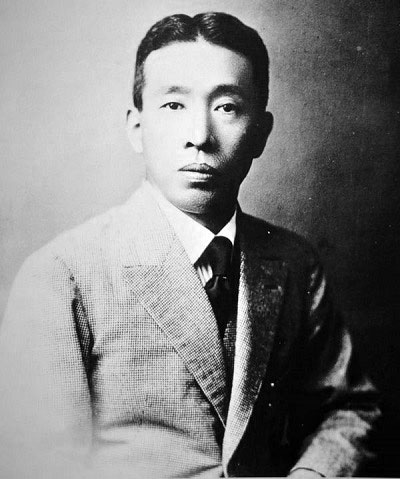
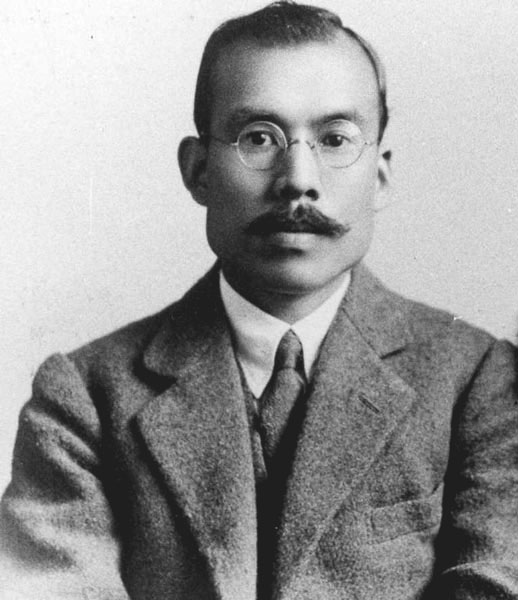
Distillers to know
Just as the Scotland’s Wiskey region dramatically produces different flavored profiles due to local conditions and natural resources, Japanese whiskey benefits from the specific environment of their distalries.
Melody Yamazaki. Distillery is sitting outside Kyoto, all around it has forests and spring water. Tori believed that good water was made by water, and Yamazaki is known for his soft, clean minerals. They use different types of shapes to make whiskey with different profiles, and their age gives a specific taste in many of their impressions first in the aforementioned Mezonara oak.
Then there is HakoshoLaunched in Japanese Alps in 1973. Height and cool climate give its whiskey a fresh and light smoke that stands. Hakosho and yamazaki whiskey often mix Of Centuri Award -winning hubkey line.
Finished in Nika, Yuchi Stays very traditional. They still use coal -fired utensils. Miagikio, Nika’s second distalry, opened in 1969 in the lush valley outside the Sandai. It produces a soft, fruitful whiskey that balances the severity of the yuchi.
A small distalry, Chichubo, who was founded in 2004 and was operational until ’08, has gained faster attention worldwide. With a small scale production and hand -powered approach, its whiskey are already extremely collective.
A note on a shortage
The increasing reputation of Japanese whiskey has kept it in more demand, and many bottles that were ever cheap and available Got hard to find. Some age expressions of expression, such as Hakosho were 12 or Yamazaki 12 Even the production was drawn from For a few years because there was not enough adults for the bottle. Some have returned now, but prices have gone up. Hakosho returned to the shelf in a limited release that began in 12 2021, but the availability is still tight.
If you are just starting, look for non -age -class impressions of barrels from Barrel, Japanese Japanese harmony, Nika Day, or Nika. It is easy to find them and still offers an excellent introduction to this style.
Where to start
Here are some recommendations here if you are new to the Japanese whiskey:
Habki Japanese harmony
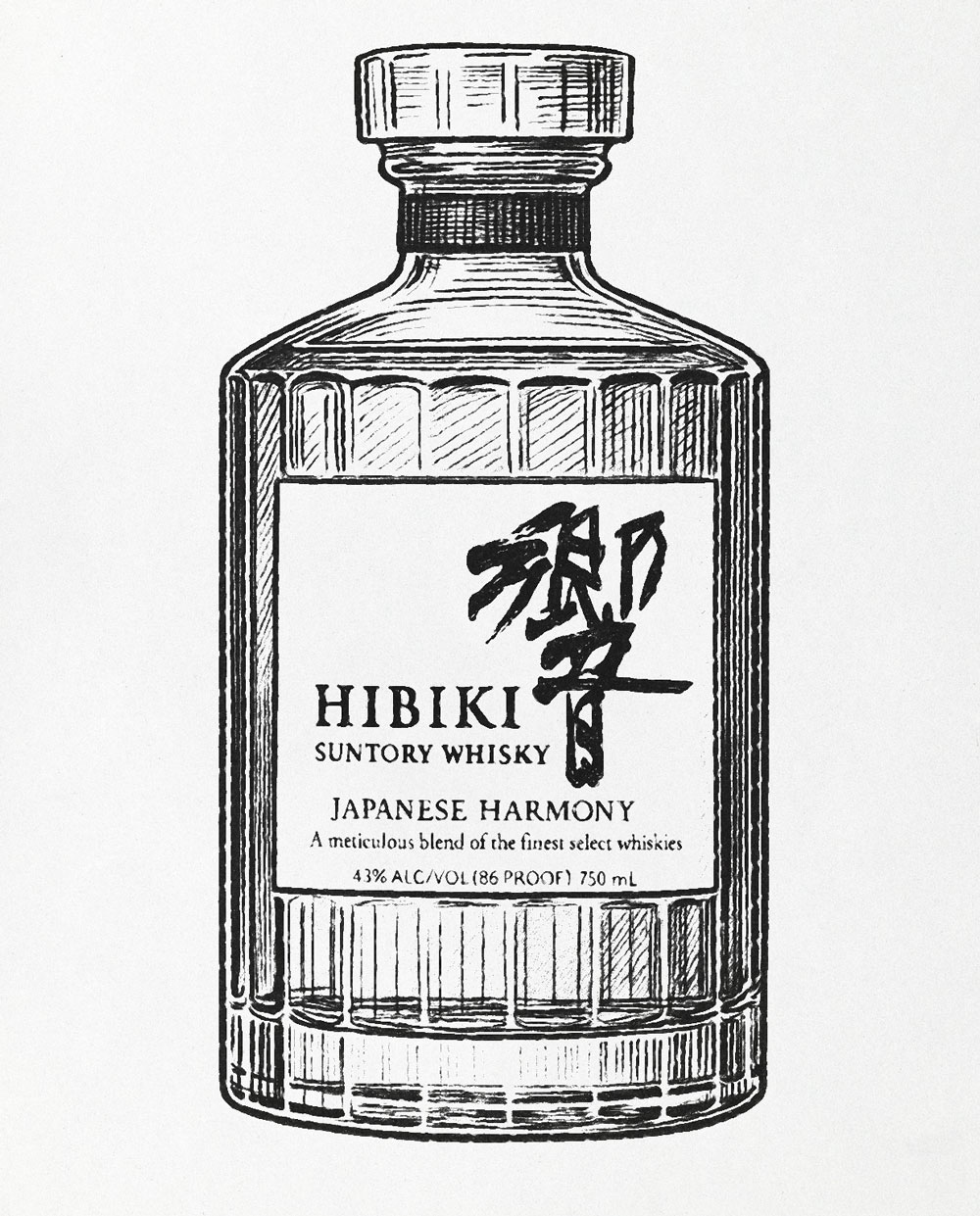
After the aging impression, such as 17 and 21, the Habaki line is formed to advance, a mixture of synagogue centuries, designed for balance and beauty. It is smooth, flowers and accessible, which contains orange, chocolate, light oak, and a touch of smoke. Clean or in a high hair. Usually $ 80- $ 110.
Nikaka from the barrel
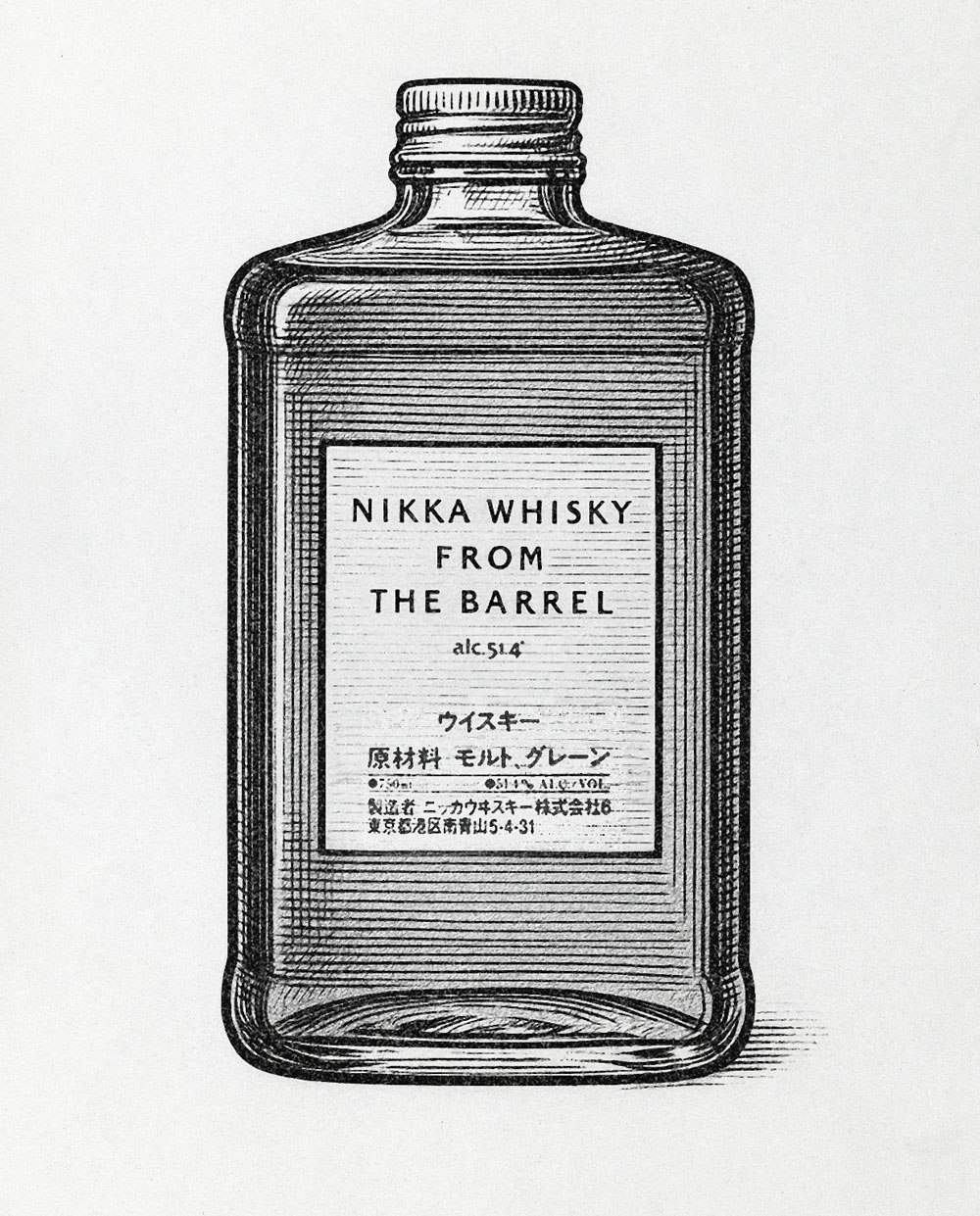
Compound with depth and spices. Bold, fruit, and warming. Find notes like cloves, cherries and toffees. Widely available, usually about $ 80-100.
Nika Kofi grain
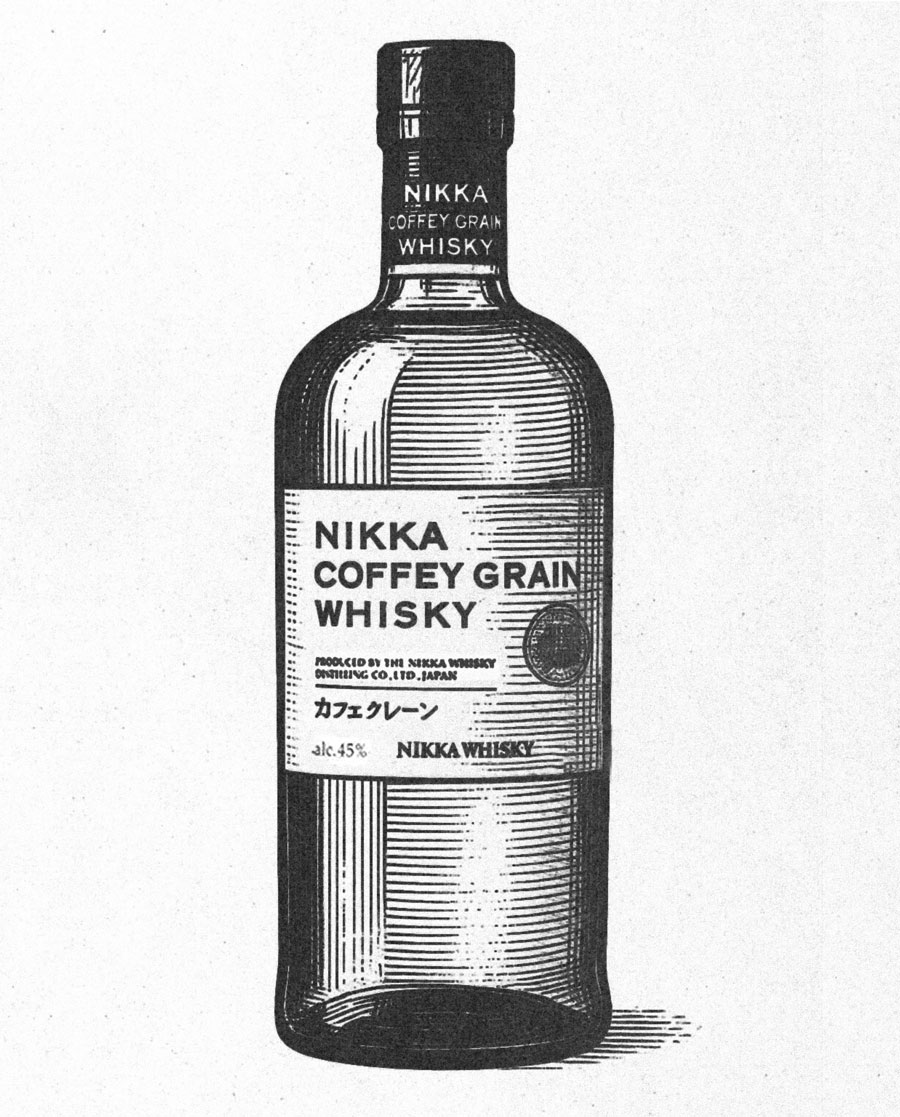
Made in traditional Kofi Steles. Sweet and smooth, almost bourbon -shaped. Expect vanilla, tropical fruits, and caramel flavors. Around 55-90.
What is a coffee still?
A Kofi (pronunciation of “coffee”) is still a kind of continuousness that is still invented by Anis Kofi in the 1830s. Unlike traditional utensils, who work in the batch, a coffee can still stand permanently, which produces a clean, gentle spirit. It makes it ideal for delicate, sweet grain whiskey.
Although some Scotch Destlers still use Coffee Steles for the grain whiskey used in the mixture, most of the single malts rely on the dishes for their full taste. In the United States, modern columns are created by the Steel Coffee Design, but they are made for volume, not the importance. Nika is one of the only distillers in the world that uses traditional Kofi steels to whiskey, which is celebrated in a bottle like Nikka Kofi grain and Nika Kofi Malt. They offer a smooth, almost bourbon -like experience with separate notes of vanilla and caramel.
Centuri Toky
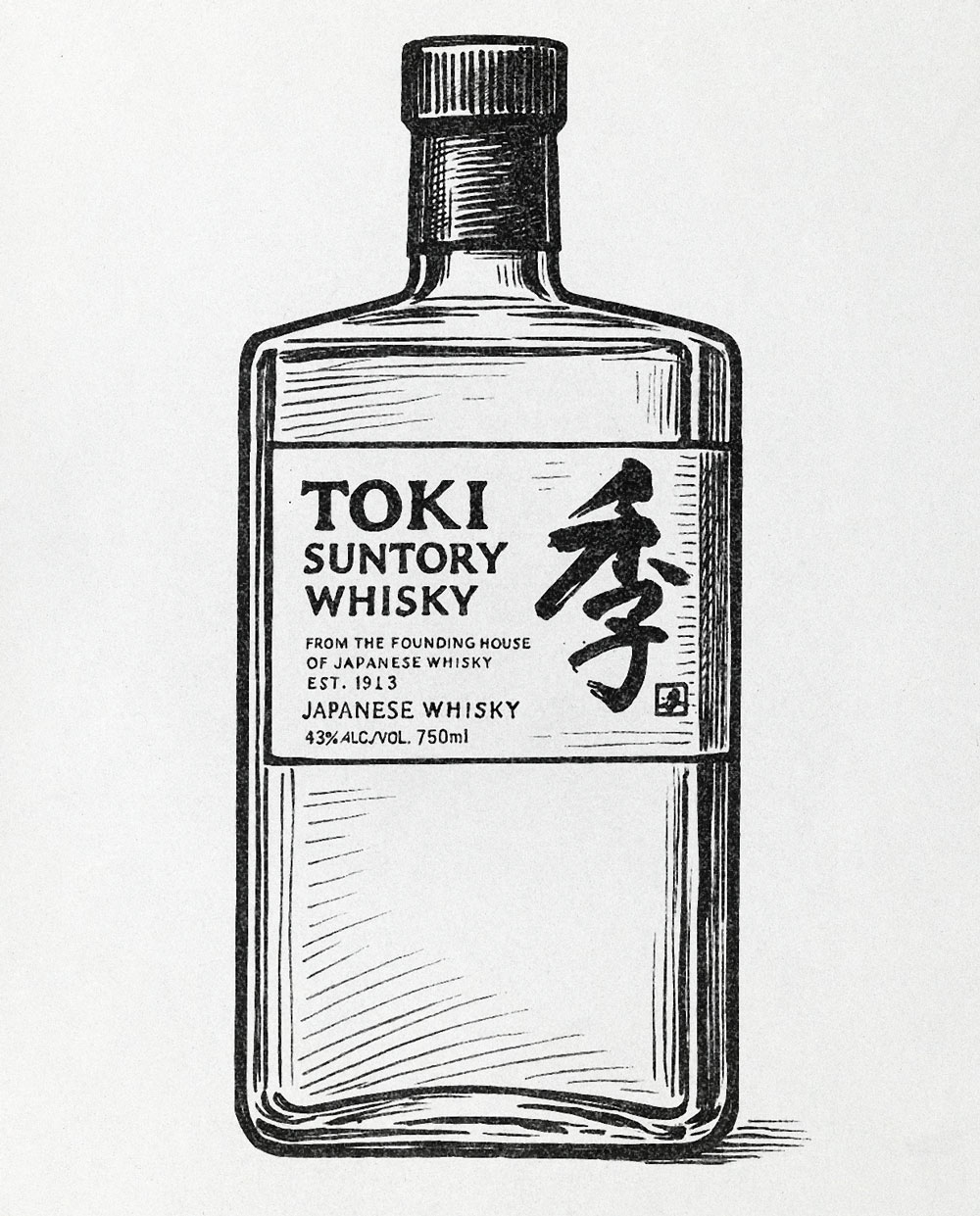
Light, easy drinking and cheap. Great for high balls. Soft indicators of apple, basil and honey. Often less than $ 50.
Hawkosho 12 (if you can find it)
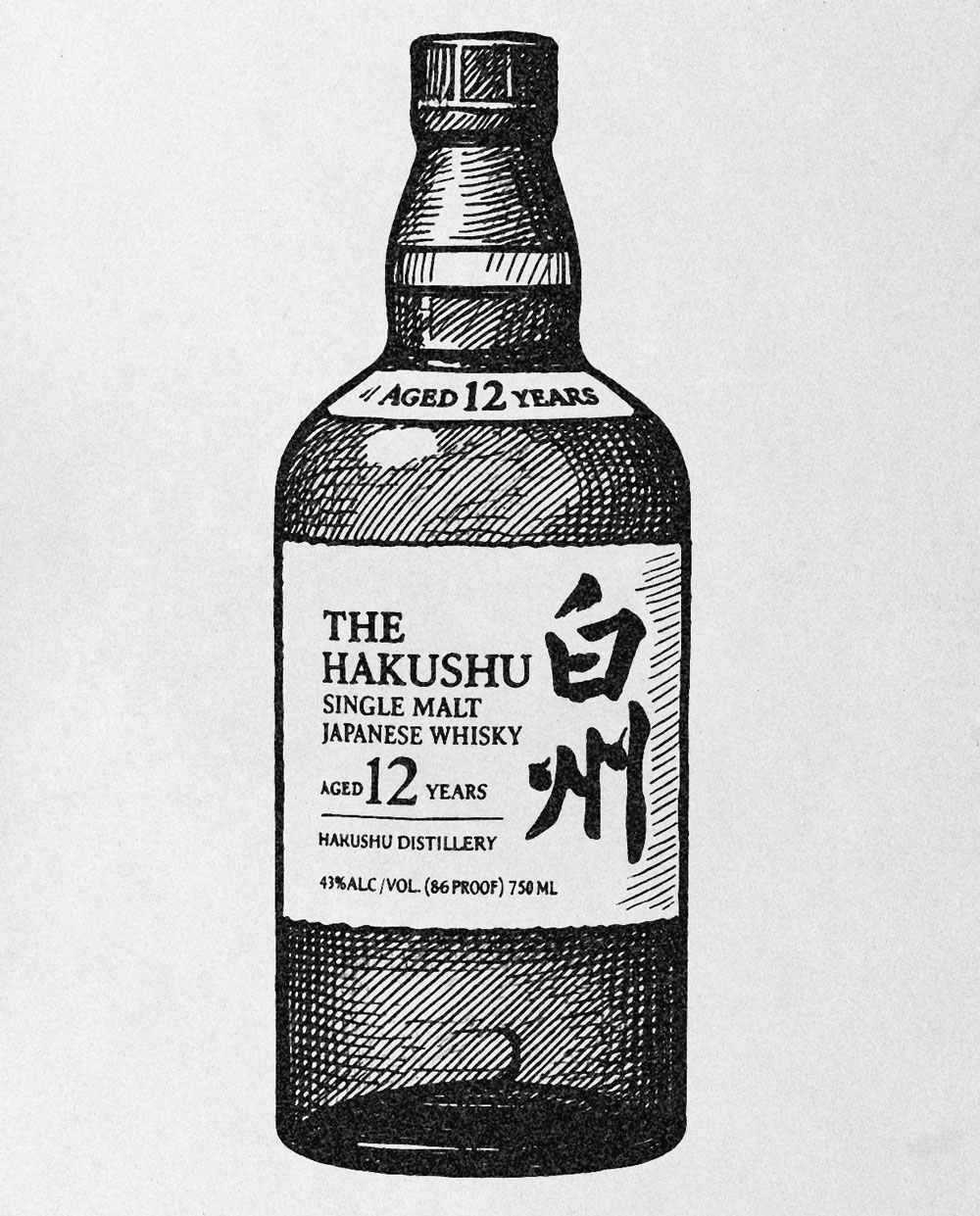
Fresh, lightweight and complex. You will taste pear, mint and unconscious smoke. Usually $ 160 and more.
Yamazaki 12 (if you can find it)
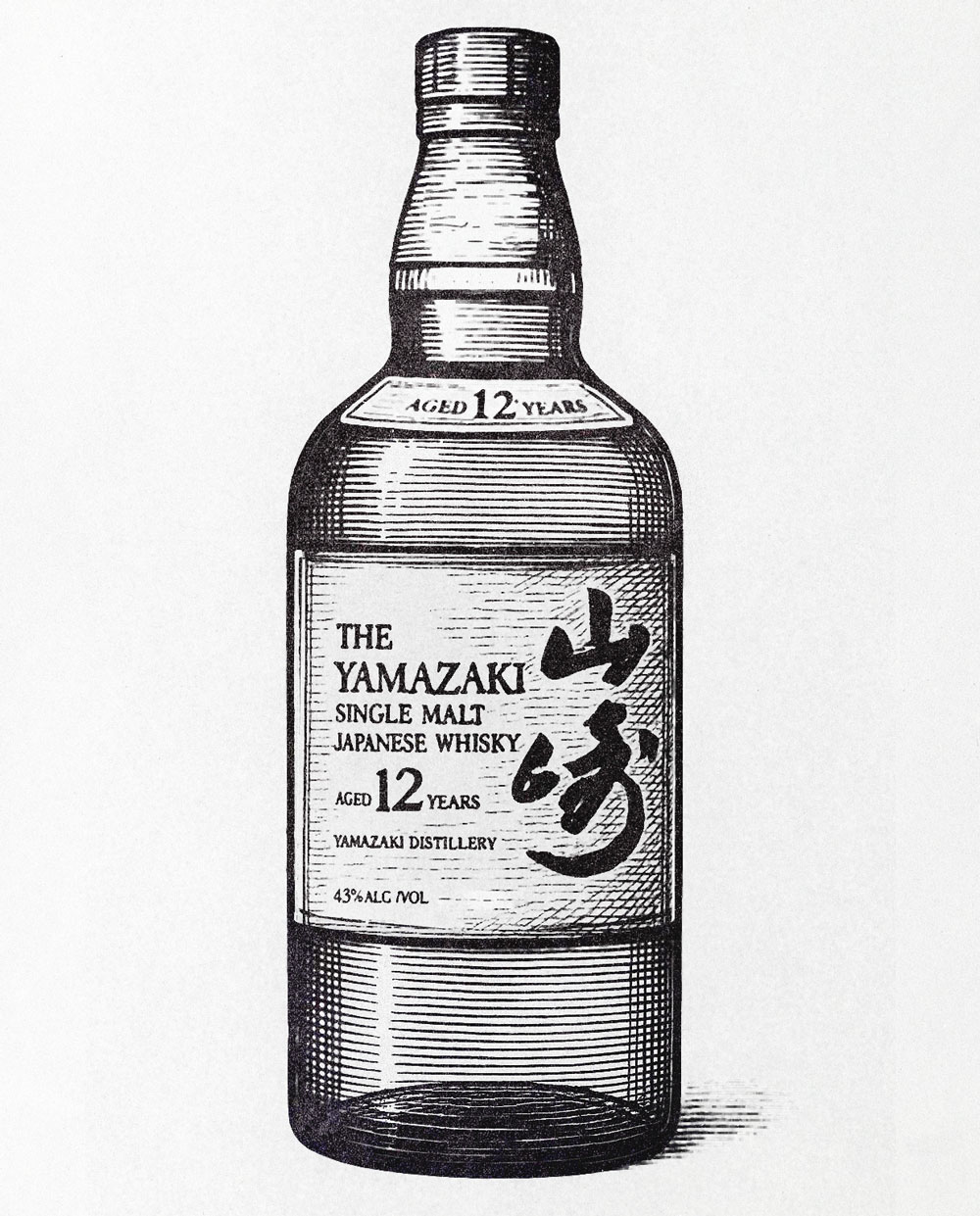
Soft and layers with fruit, oak, and spices. Cinnamon notes. Depending on the demand, often $ 160+.
